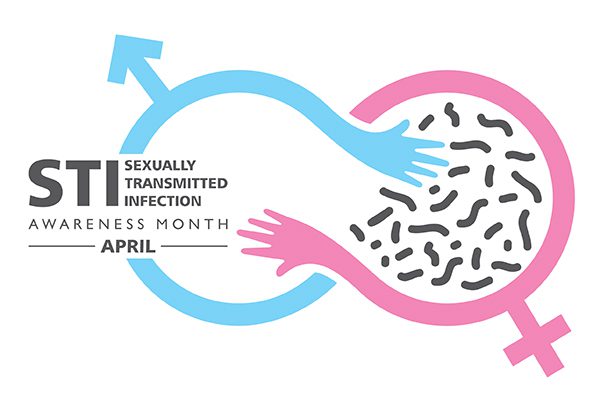Search by Color or Cause


Sexually Transmitted Infections Awareness Month occurs in April. STD Prevention is HIV Prevention. There are many resources to help individuals and health care providers learn more about STDs and HIV. In addition, there are materials that can be shared with loved ones, patients, or community members. The awareness color for HIV is red. The awareness color for sexually transmitted infections is green or light green.
There are an estimated 19 million new sexually transmitted infections that occur every year in the United States. It is clear that sexually transmitted diseases (STDs) remain a widespread and persistent health threat in this country.
The health consequences of STDs can be staggering. Chlamydia and gonorrhea are the two most commonly reported infectious diseases in the United States. They are also among the most serious and preventable threats to women’s fertility. Most STDs are also associated with increased risk of HIV transmission.
While serious health threats from STDs cross racial and ethnic lines, disparities persist at too high a level. Higher rates of the most commonly reported STDs persist among both African-Americans and Hispanics. These numbers are compared to whites. The economic impact of STDs is also substantial. STDs cost the U.S. health care system $15.9 billion annually.
STD prevention efforts are cost-effective yet often underused. For example, a 2006 Partnership for Prevention study evaluated the effectiveness and cost effectiveness of 30 clinical preventive services. The study found that chlamydia screening was among the most highly valued but underutilized services. Sexually Transmitted Infections Awareness Month serves as a reminder for all of us that expanded prevention efforts are urgently needed to reduce the toll of STDs and to protect the health of millions of Americans.
Despite the availability of simple tests and effective treatments, almost 1.5 million cases of chlamydia and gonorrhea were reported in 2007. In addition, cases of syphilis, a treatable disease that had been on the verge of elimination in the late 1990s, are increasing. Youth, women, men who have sex with men and racial and ethnic minorities are among those bearing the heaviest burden of disease.
Almost half of the new STD infections that occur each year are among young people 15 – 24 years of age.
Both rates and consequences of chlamydia and gonorrhea are far more severe among women than men.
Men who have sex with men represented 65 percent of primary and secondary syphilis cases in 2007.
African-Americans, while representing 12 percent of the U.S. population, accounted for 70 percent of gonorrhea cases and almost half of all chlamydia and syphilis cases in 2007.
These disparities may be contributing to the tremendous disparities in HIV infection among African-Americans. Testing and knowledge of infection are vital to reducing the continued consequences of these diseases.
Because many infections have no symptoms, those at risk need to get tested and find out if they are infected. Vaccines are also available for the prevention of two common sexually transmitted viral infections. These include hepatitis B and human papillomavirus (HPV).
Intensified efforts to reach those at risk with effective behavioral interventions and screening and treatment services are critical. Frank discussions about STDs among public health officials, policymakers, partners, and parents and their children are not always easy. But STDs are a threat much too serious to ignore.
Sexually Transmitted Diseases Awareness Month is an opportune time to remind health care providers to take a sexual health history of their patients. And, in addition, to follow up with appropriate counseling, vaccination, testing, and, if needed, treatment for STDs.
Abstinence and reduction of number of sex partners. The most reliable ways to avoid infection with an STD are to abstain from sex. Or to be in a long-term mutually monogamous relationship with an uninfected partner.
Consistent and correct use of the male latex condom reduces the risk of HIV and other STD transmission.
Getting tested and treated for STDs can protect individuals and their partners from serious and preventable health consequences caused by STDs.
Receiving recommended hepatitis B and HPV immunizations can almost completely prevent infections covered by the vaccines.